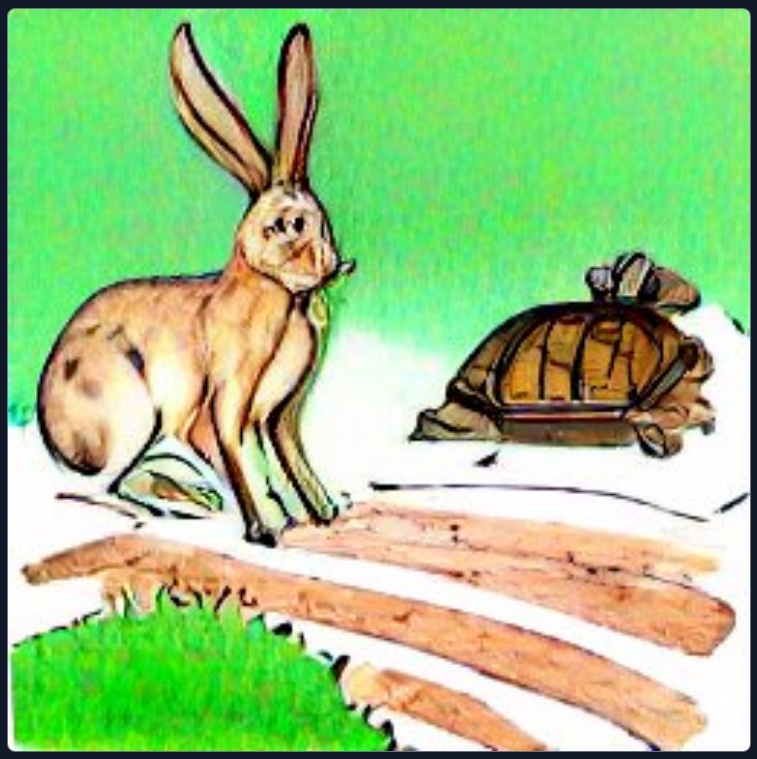Pauca Sed Matura - Slow Research vs Publish or Perish

The first time I heard about slow research was from Sølvi Ystad. We met in February 2020, when she accepted our invitation to give a seminar talk and interview for the Women Nordic Music Technology (WoNoMute) seminar series in Trondheim, Norway in collaboration with the Norwegian University of Science and Technology and the University of Oslo. Sølvi holds a research position at Le Centre national de la recherche scientifique (the French National Centre for Scientific Research), one of the most prestigious and leading research institutions in the world.
Slow research, slow science, and slow scholarship are inspired by the slow movement of adjusting life to a slower pace so that we can prioritise quality over quantity. In 2010, a group of scientists published “The Slow Science Manifesto”:
Science needs time to think. Science needs time to read, and time to fail. Science does not always know what it might be at right now. (…) Society should give scientists the time they need, but more importantly, scientists must take their time. (…)
Extract from “The Slow Science Manifesto”
Isabelle Stenger’s 2018 book Another Science is Possible: A Manifesto for Slow Science is a follow-up to the above manifesto. The key ideas of slow science include changing the focus of the research from funding-based outputs to benefiting the public as well as to conducting apolitical research and avoiding the privatisation of knowledge.
This contrasts with the notion of “publish or perish”, an aphorism that refers to the need for publishing ‘the more the merrier’ to succeed in academia. A danger of this approach is what is called ‘salami publishing’ to reach the target. This pressure for publishing is also contextualised as a scheme that affects the quality of research due to financial and time constraints.
My PhD was in an intensive 3-year programme, and in my follow-up short-contract research and postdoctoral positions related to specific research projects I’ve been working for 13 months, 27 months and 10 months respectively. Within these short-time project periods, my approach was to publish as much as possible while keeping the most attainable high quality. I’ve tried to give my best in every single paper, but it is also true that the more time you spend on the research, the more the ideas get developed and matured.
My current position as a senior lecturer has reduced my research time considerably compared to my full-time allocation in my postdoctoral positions. I love to do research and am facing now the question of what route to take: shall I take a ‘slow research’ path and publish less but of top high quality? Or shall I publish more items to satisfy the hunger of the academic system, with the risk of publishing research that is not mature enough? In addition to that, I’m now in my early-career research stage of writing research grants, which are constrained to a timeline and the need to deliver justified outcomes.
After discovering Carl Friedrich Gauss’s motto “pauca sed matura”, with the reasoning of only publishing what he considered “complete and above criticism”, and with my priority of keeping high-quality research and a good work-life balance, I would like to prioritise Gauss’s approach and make it work with my current academic environment. My rationale is that if we change our behaviour as academics, and prioritise the values of quality over quantity, this might also inform the current academic system that something needs to change, from the bottom-up.
Acknowledgements
Thank you to Gerard Roma for his suggestion on using the AI art generator Craiyon for the cover image.